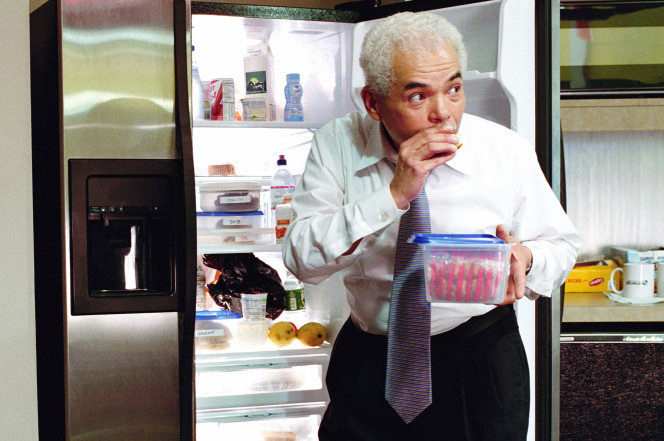How to Handle Awkward Situations in the Workplace

Jan 25 | 2018

Metro
We spend so many hours per day at work, so it comes as no surprise that not every moment goes swimmingly. Humans have their ups and downs, and when the downs are workplace-oriented, awkwardness can ensue. But then, people have trouble dealing with uncomfortable situations for fear of being unprofessional or worry that things will become even more difficult if the topic is discussed at all.
Should we let the sticky scenarios go on or speak up to set things straight? If you are the type to talk it out, but office awkwardness has kept your lips zipped, here are some tips for handling fairly common workplace conflicts without causing chaos.
The Super-Noisy Nuisance
 britishcouncil.org
britishcouncil.org
There is always that one shout-talking, paper-rustling, loud-chewing noisemaker in the office that causes distraction and annoyance. Everyone agrees they are unnecessarily boisterous, but nobody wants to be the one to ask them to take it down a few notches. Not only is this irritating, but it can affect your job performance.
One technique to get this person to listen to your gripe is to “make it clear that the problem is yours, not his,” as suggested by Fast Company. “So, you are asking for his help to clear up your problem and not focusing on him as the problem. In that way, you might be able to enlist his help while not embarrassing him. If all else fails, you should chat with a supervisor to see if you can get your desk moved.”
But Work Happy Now makes it clear, “Before asking your co-worker to stop a certain behavior, make sure that you aren’t guilty of something as annoying yourself.” Nobody’s perfect, not even you.
“Reply All” Ramifications
 epmonthly.com
epmonthly.com
Unsend! Unsend! Have you been humiliated by hitting “reply all” or responding to an email you meant to forward to someone else with some added comments and complaints you’d never want the original sender to see? Modern technology sure has its perks, but screw-ups are still a human element.
Reedrecommends, “The only thing you can do in this situation is come clean. Take the person in question aside and express your sincere regret in making the mistake. Apologize for any offense caused, listen to their reaction, and move on.”
Huffington Postadds, “Make the apology in person or by phone, especially considering that email leaves tone to the imagination of the reader. You don’t want to risk getting it wrong again.”
(adsbygoogle = window.adsbygoogle || []).push({});
When a Peer Gets Too Personal
 businessinsider.com
businessinsider.com
“TMI” is awkward enough when it comes from a friend, let alone someone you work with. If a co-worker is divulging too much personal information, it can run the risk of overstepping boundaries, making for an uncomfortable atmosphere. While you want to maintain a certain level of trust around the office, getting too deep can get you in deep trouble.
As Experience points out, “Look first at your own actions to make sure you haven’t unwittingly implied that you’re an available confidante. If your behavior isn’t what needs altering, draw a boundary by suggesting a more appropriate person for your (co-worker) to take his problems to such as a family member or friend.”
Gossiping about others is in the same boat. It may feel like human nature to participate in such behavior, but rise above and go about your business. Work Happy Now suggests, “When someone tries to share office gossip with you, try changing the conversation, or simply tell them that you don’t like talking about others because you don’t like it when people talk about you.”
The Food-Stealing Fiend
 nypost.com
nypost.com
You were looking forward to that chicken salad sandwich you picked up at the deli on the way to work only to find it missing from the communal fridge. And that half-and-half for your mid-morning coffee? Half-gone. What gives? Looks like you’ve got a snack-stealer on your hands, and it is likely that it isn’t only your goodies they are gobbling.
This may seem like a petty problem, but as per Daily Telegraph, it is pervasive. “A survey released by online grocer Peapod revealed that 71 percent of employees have had their personal snack, drink or meal stolen out of communal-office kitchens. Not only that, but in urban areas, 40 percent of employees admitted to having been the perpetrators of lunch theft.”
Work Happy Now has the answer, “Put your food in some sort of container, and make sure to label it with your name. If it keeps happening, ask, in a non-accusatory manner, if anyone has seen your food items. This usually does the trick.”
Unless you work alone, you are bound to hit an awkward spot at work at some point, if you haven’t already. Keep your cool, keep it professional, and keep the peace.










